The SISCO 0.005mm accuracy concentricity tester with dial indicator is a precision instrument for measuring concentricity and geometric tolerances of mechanical parts. It features three roller types, offering customization for applications from simple cylindrical parts to complex geometries. Known for high accuracy, it’s easy to operate manually, reducing setup time and improving efficiency. It provides fast, reliable results, ideal for quality control and inspection in precision-demanding industries.
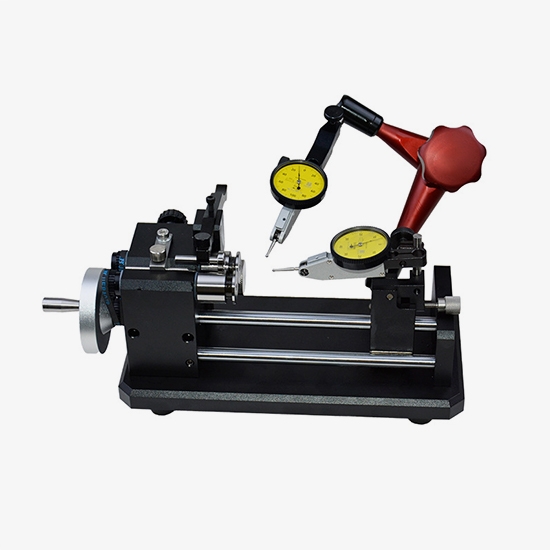
Flexible Selection and Configuration of the Concentricity Measuring Instrument
- Multiple functional measurements, capable of measuring coaxiality, concentricity, roundness runout, profile deviation, etc.
- Available in single-gauge and double-gauge versions, with three types of rollers to choose from.
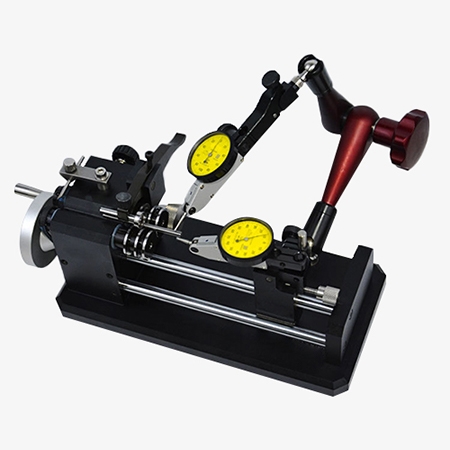
High Accuracy and Convenient Operation in Concentricity Measurement
- High accuracy, easy manual operation.
- Provides fast measurement, saving time and offering strong versatility.
Application
The concentricity tester measures the alignment of an object's central axis to ensure concentricity. It is widely used across industries: in aerospace, it verifies the alignment of parts in aircraft engines and spacecraft; in the automotive industry, it ensures precise alignment of components like engines and transmissions; and in electronics, it checks the concentricity of motors and other precision components; in mechanical manufacturing, it checks the concentricity of rotating parts like shafts and bearings. These applications highlight the importance of concentricity for product quality and performance.
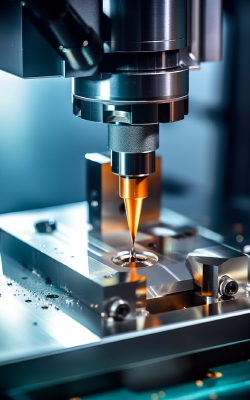
Automotive Industry

Electronics

Mechanical Manufacturing

Aerospace
| Model | SISCO-CT-C10 | SISCO-CT-C10A | ||||
| Roller | Cylindrical | Single Groove | Double Groove | Cylindrical | Single Groove | Double Groove |
| Applicable Diameter | 3-35 | 1-35 | 1-35 | 3-35 | 1-35 | 1-35 |
| Applicable Length | 102 | 102 | 102 | 102 | 102 | 102 |
| Head Accuracy | 0.005 | 0.005 | 0.005 | 0.005 | 0.005 | 0.005 |
| Configuration | Dial Stand | Dial Stand | Dial Stand | Dial Stand + Fixture Slider | Dial Stand + Fixture Slider | Dial Stand + Fixture Slider |
| Number of Dials | Single Dial | Single Dial | Single Dial | Double Dials | Double Dials | Double Dials |
Details
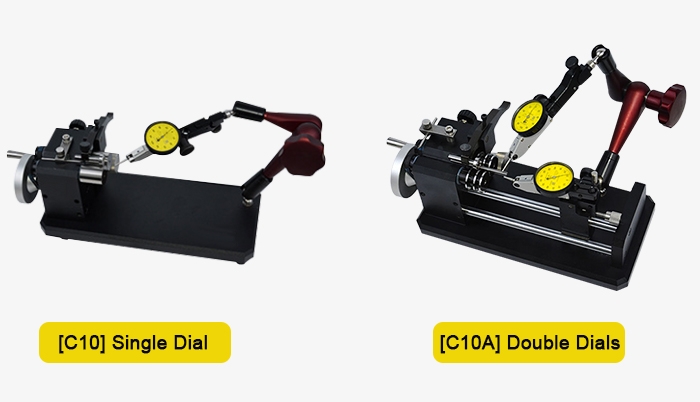
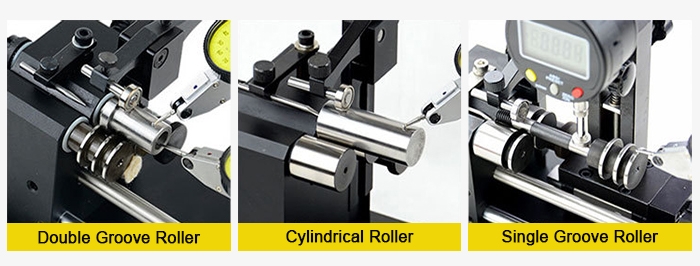
Accessories
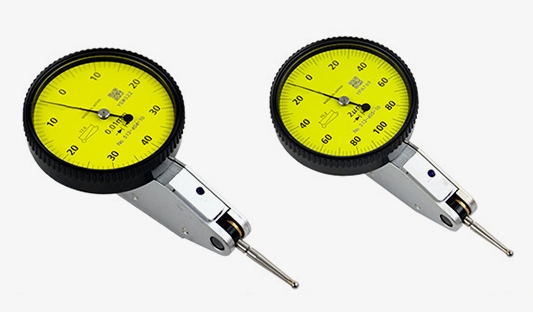
| Dial Model | Graduation Value | Measuring Range | Dial Reading | Measuring Force |
| 513-404C/0.01 | 0.01 | 0-0.8mm | 0-40-0 | <0.3N |
| 513-405E/0.002 | 0.002 | 0-0.2mm | 0-100-0 | <0.3N |
(Note: The indicator's accuracy should match or be lower than the instrument's accuracy; otherwise, a high-accuracy indicator won't provide practical benefits, and a low-accuracy indicator won't fully utilize the instrument's potential.)
Q1: What is a concentricity tester?
A1: A concentricity tester is a precision measurement tool used to assess the alignment of the centers of two or more parts, ensuring they are concentric (i.e., share the same center axis). This tool is commonly used in machining and manufacturing to check the concentricity of components like shafts, bearings, and other cylindrical parts. By rotating the component and measuring any deviation from the desired axis, the tester provides insight into the part's precision and how well it will function in an assembly. Concentricity gauges are crucial in quality control to minimize mechanical errors, reduce wear and tear, and improve the overall performance of the finished product.
Q2: How does a concentricity tester work?
A2: A concentricity tester works by measuring the alignment between the center axes of a part and its rotating reference. The part being tested, typically a cylindrical component like a shaft, is mounted securely on a spindle or fixture. As the part rotates, one or more dial indicators or measuring probes are placed at key points along the part's surface, often at both ends. These indicators measure any deviation from the ideal concentric position, detecting even small variations in the part's roundness or alignment. The concentricity measuring equipment records the amount of offset or eccentricity, providing a precise measurement of how much the part deviates from being perfectly concentric. This helps ensure high precision in manufacturing, reducing mechanical errors and improving the performance and longevity of the final product.
Q3: How to ensure proper maintenance and care for the concentricity testers?
A3: To ensure the proper functioning and longevity of the concentricity testers, it is important to keep all components clean. If there is fine dust, use a blower balloon to gently remove it, and if there are oil stains or fingerprints, wipe them off with a soft cotton cloth. Do not attempt to disassemble the instrument, as this could compromise its measurement accuracy or cause damage. When not in use, always cover the tester with a dust cover to prevent dust accumulation. Additionally, apply anti-rust oil and store the tester in a dry environment to avoid rusting. To maintain its performance, regular inspections are recommended. If you have any questions during use, please contact customer service for assistance.
Tips: How to ensure more accurate readings when using a concentricity gauge?
To achieve accurate readings with a concentricity measuring gage with a dial gauge, first ensure that the tester is securely mounted on a stable, level surface. Before measuring, zero the dial indicator to ensure the starting point is correct. Make sure the workpiece is clean and free of any debris or oil that could affect the reading. The dial indicator’s probe should make consistent contact with the workpiece as it rotates.
While rotating the chuck, observe the needle on the dial indicator. For the most accurate results, rotate slowly and check for any deviations. It’s important to take multiple measurements at different points on the workpiece to ensure consistency. If the deviation is within the acceptable tolerance, your workpiece is concentric; if not, adjustments may be necessary.
Thank you for buying industrial test and measurement equipment on SISCO.com, all products sold by SISCO and the partner cover a 12 months warranty, effective from the date of receiving the products.
What is covered?
SISCO is responsible for providing free spare parts, and free technical support to assist the customer to repair the defective products until the problem is solved.
What is not covered?
- Product purchased from anyone other than a SISCO store or a SISCO authorized reseller.
- Expendable parts.
- Routine cleaning or normal cosmetic and mechanical wear.
- Damage from misuse, abuse or neglect.
- Damage from use of parts other than SISCO approved.
- Damage from use outside the product’s usage or storage parameters.
- Damage from use of parts not sold by SISCO.
- Damage from modification or incorporation into other products.
- Damage from repair or replacement of warranted parts by a service provider other than a SISCO authorized service provider.
- Damage caused by the application environment not meeting the product usage requirements and the failure to perform preventive maintenance.

